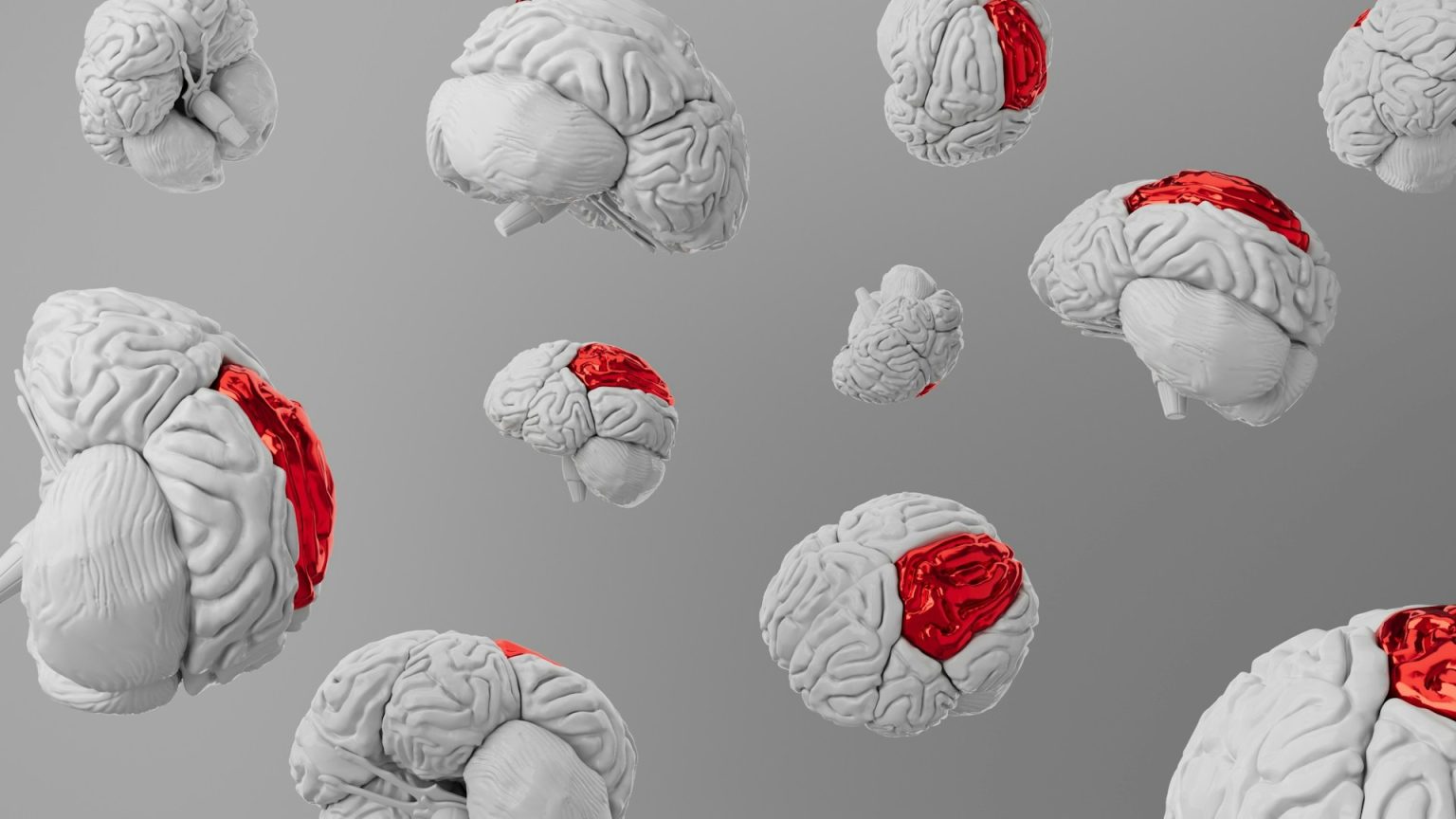- What’s the best way to think about the brain? While most of us think of it as a dense gray matter that’s separate from the physical body, that actually couldn’t be further from the truth. Our brain is actually made up of 3 layers, and each layer not only directly impacts the other, but has control over the physical body and how you feel.
- The brain comes in 3 functional layers – the reptilian brain, the limbic system, and the cerebral cortex. The reptilian brain controls the regulatory systems in your body like hormones, body temperature, blood pressure, and even hunger. The limbic system is the emotional function of your brain, making you feel fear, anger, joy, or gratitude. Finally, the cerebral cortex is the most evolved part of the brain that oversees impulse control, decision making, and long-term planning.
- With a better understanding of how each part of the brain functions, we can have more mindful thoughts that will influence more favorable decision-making and outcomes in life. For example, when you think of your favorite memory or something that makes you happy, your reptilian brain will quickly cool down your body and even lower your blood pressure. This can then lead to feeling less stressed, and finding more joy throughout the day.
Robert Sapolsky: What's the best way to think about the brain? It's insanely complicated, everything connects to everything. Amid all that complexity, functionally, it's very easy to think of the brain as coming in three functional layers. This is a broadly simplifying way to think about aspects of brain function when it comes to behavior. This is highly schematic, the brain really doesn't come in three layers.
But one can think of the first most, the bottom most, the most ancient as being what's often
termed the reptilian brain. We've got the same wiring as in a lizard, as in any ancient creature. Ancient, ancient wiring at the base of the brain. And what does that region do? All the regulatory stuff. Your body temperature changes, it senses it and causes you to sweat or shiver. It's monitoring your blood glucose levels that's releasing hormones that are essential to sort of every day shop keeping. It's just keeping regulatory stuff in balance.
Sitting on top of that is the limbic system, the emotional part of the brain. This is very much mammalian specialty. They're off there in the grasslands butting heads with somebody else with antlers and it's your limbic system that's heavily involved in having to do with fear, arousal, anxiety, sexual longings, all those sorts of things.
Then sitting on the top is the layer three, the cortex. Most recently evolved part of the brain. It's the part of the brain that does impulse control, long-term planning, emotional regulation. It's the frontal cortex that whispers in your ear saying, 'Do you really, really wanna do that right now?"
Functionally, it's very easy to think of this simplistic flow of commands. Layer two, the limbic system could make layer one, the reptilian brain activate. When is that? Your heart beats faster, not because of a regulatory reptilian thing. Ooh, you've been cut, something painful, but an emotional state. You're a wildebeest and there are some scary, menacing wildebeest threatening you and that emotional state causes your limbic system to activate the reptilian brain and your heart beats faster. And you have a stress response, not because a regulatory
change happened in your body, but for an emotional reason. Then it's very easy to think of layer on top, this cortical area, commanding your second layer, your limbic system to have an emotional response. Rather than something emotional, here's a threatening beast right in front of you. You see a movie that's emotionally upsetting. These are not real characters, they're pixels and it's your cortex that's turning that abstract cognitive state into an emotional response.
Likewise, your cortex, layer three could influence events down in layer one. A purely cognitive state. Ooh, on the other side of the planet, there are people undergoing some traumatic event and I feel upset about it and your reptilian brain responds. So it's very easy given that, to think of a three talks to two talks to one sort of scenario. Just as readily though, one talks to two talks to three.







